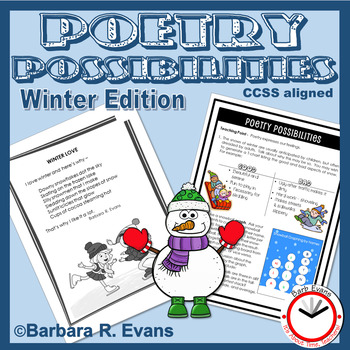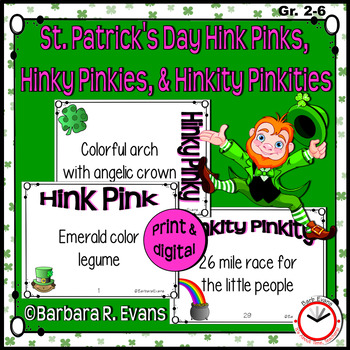If you are not familiar with TRIADS, let me introduce you to your newest addiction. LOL TRIADS combine critical thinking with vocabulary development, while building word relationships. Teach your students to use Bloom’s upper level thinking skills –analysis, synthesis, and evaluation – while having fun!
Here's how TRIADS work: Find a word that can be added to each of the words on the TRIAD. The common word comes before or after each of the 3 words to make a familiar phrase or a compound word.
For example: the common word for the TRIAD of litter, nap, and black is CAT -- CAT litter, CATnap, and black CAT. You will absolutely love watching your students' "light bulb" moments.
Here's a FREEBIE to let you try them:
If you like love them, as I'm sure you will, I have a plethora of TRIAD task cards ready for you and your learners to enjoy.
My GATE/enrichment students can't get enough of these word relationships. They love them so much, they started creating their own to challenge me!






































